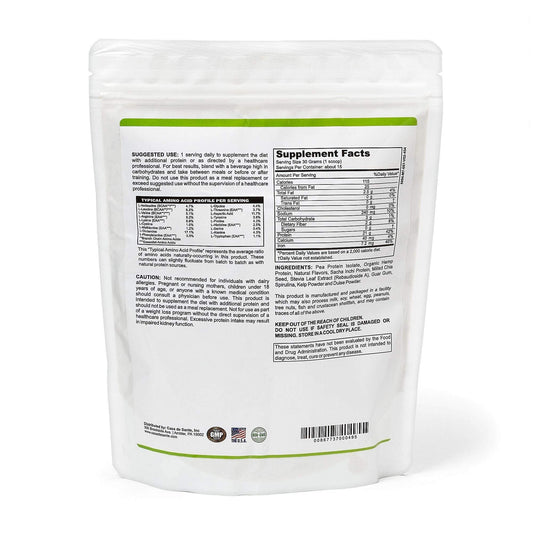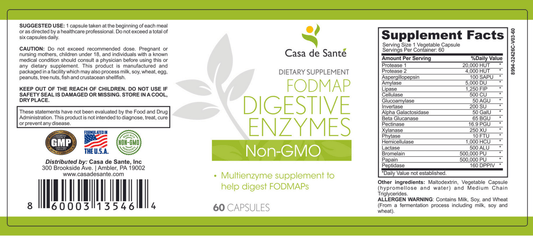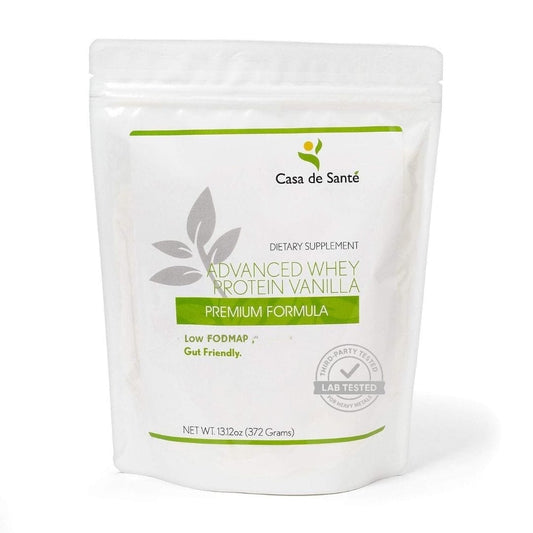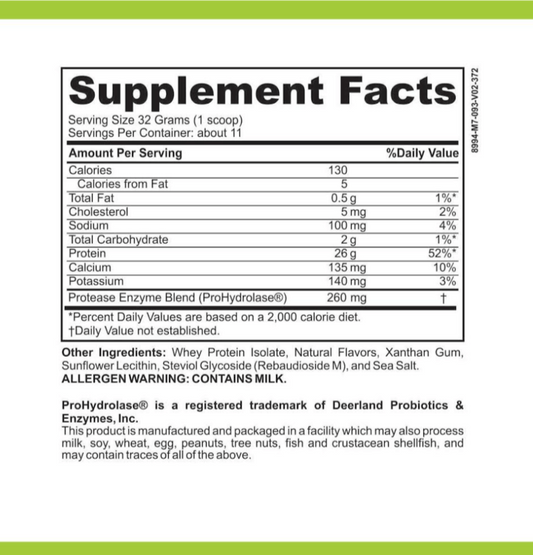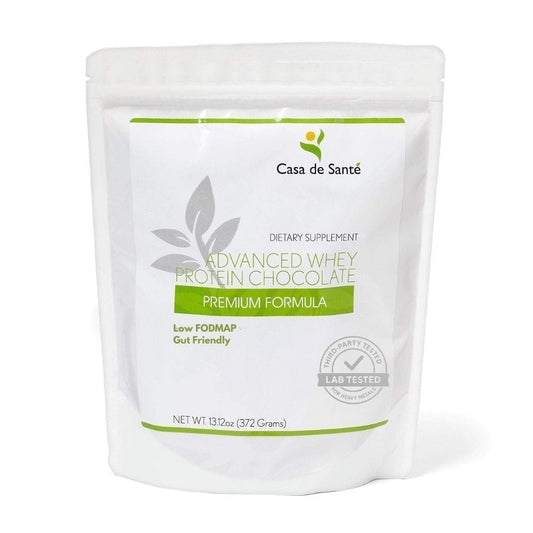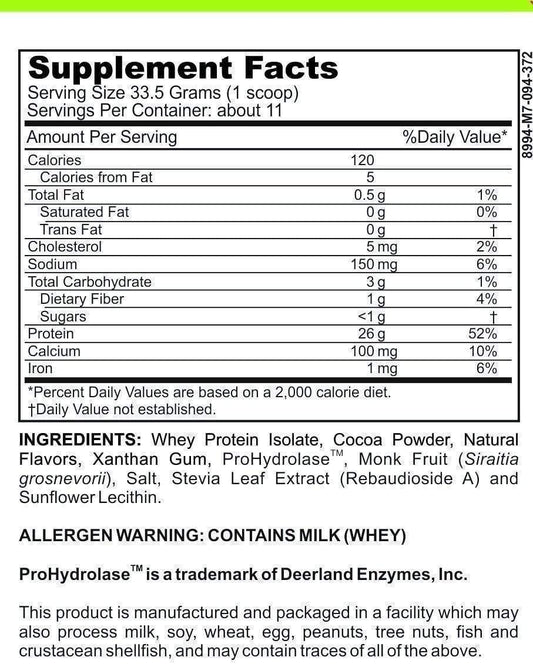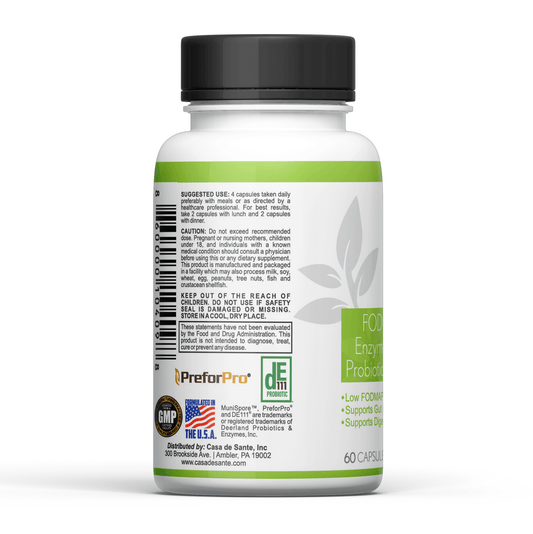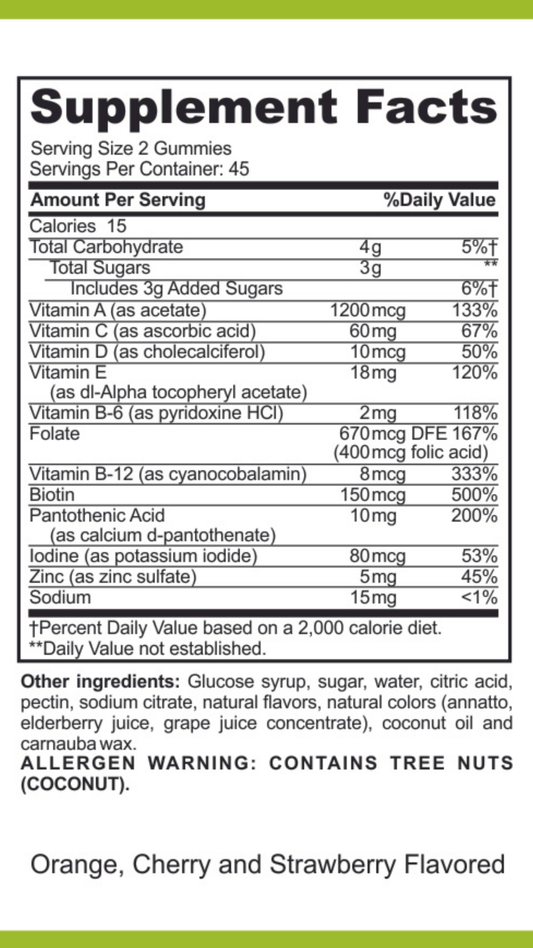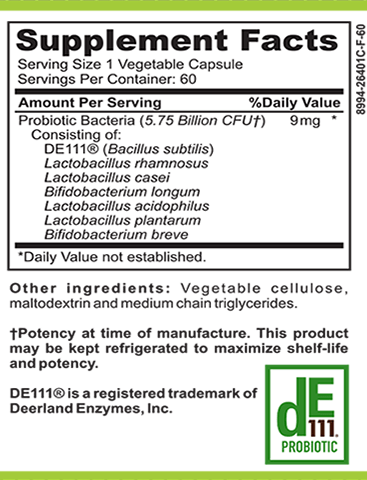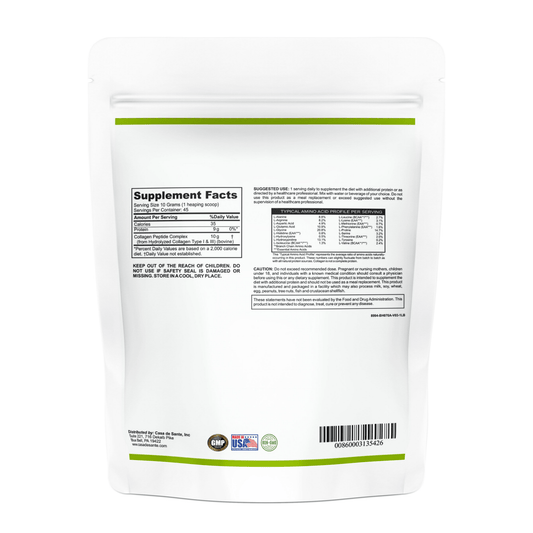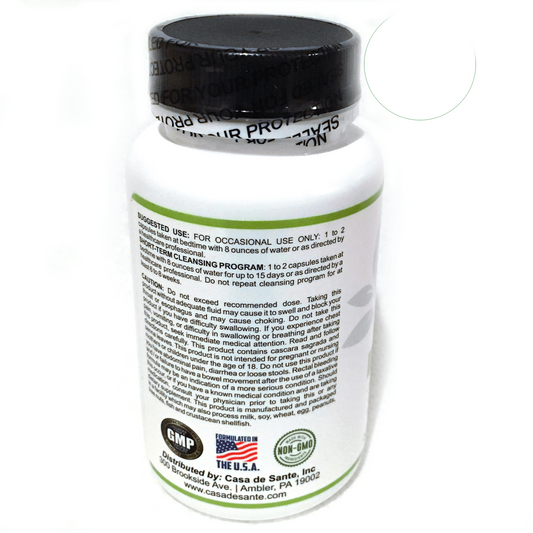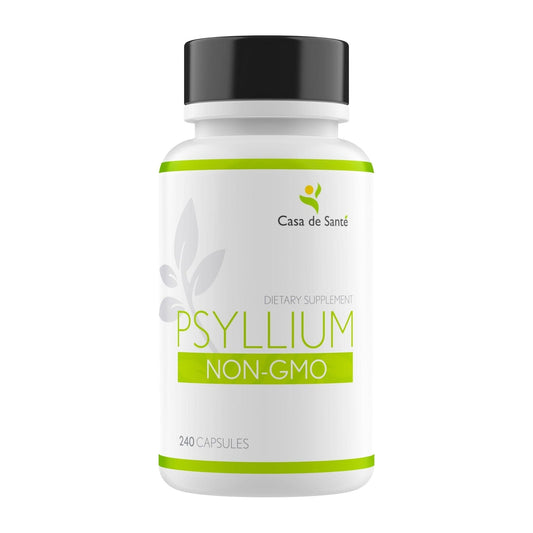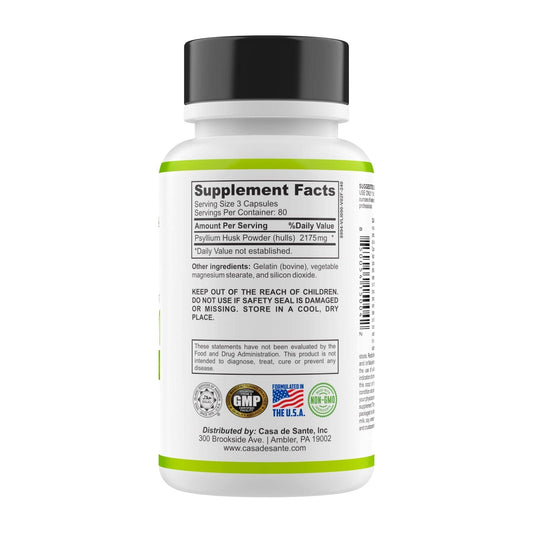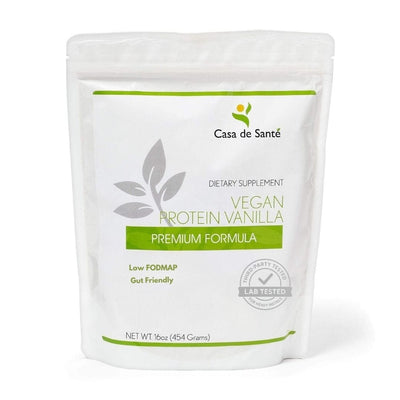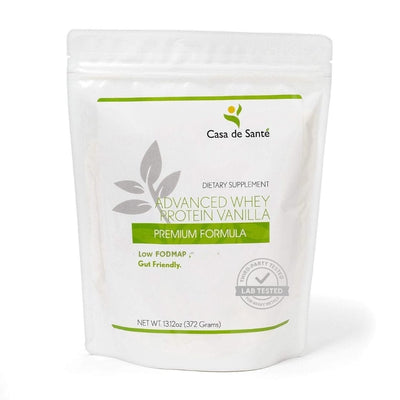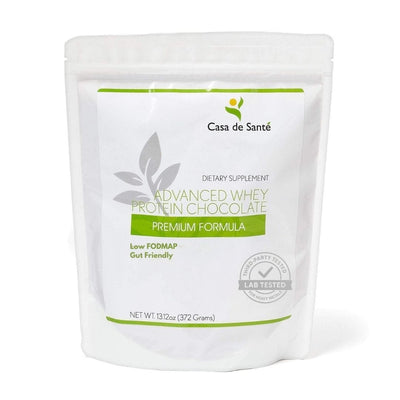Essential Tips on How to Support Someone with POTS Effectively
Supporting someone with Postural Orthostatic Tachycardia Syndrome (POTS) can be challenging. It's a complex condition that impacts daily life in various ways. If you want to learn how to support someone with POTS effectively, there are several strategies you can adopt. Understanding their needs, being patient, and providing encouragement are just a few key aspects of being a good support system. Let’s explore some essential tips to help you navigate this journey together.
Key Takeaways
- POTS symptoms can vary widely; understanding them is key to support.
- Open and honest communication makes a huge difference.
- Hydration and nutrition play a vital role in managing POTS.
- Creating a flexible daily routine helps accommodate symptoms.
- Collaborating with healthcare providers ensures effective management.
Understanding POTS and Its Impact

Recognizing Symptoms of POTS
Okay, so POTS isn't just about feeling a little lightheaded when you stand up. It's way more complex than that. The hallmark symptom is a significant increase in heart rate upon standing, usually more than 30 beats per minute for adults (or 40 bpm for adolescents) within ten minutes. But that's just the beginning. People with POTS can experience a whole range of symptoms, and it's different for everyone. Think dizziness, fatigue that just won't quit, brain fog making it hard to concentrate, and even things like headaches, nausea, and palpitations. It's a real mixed bag, and it can make daily life super challenging. Recognizing these symptoms is the first step in getting the right help. If you think you or someone you know might have POTS, it's important to talk to a doctor.
The Importance of Diagnosis
Getting a diagnosis for POTS can be a long and frustrating journey. Many people bounce between doctors for months, or even years, before finally getting an answer. But a diagnosis is crucial for a few reasons. First, it validates what the person is experiencing. Knowing that there's a real medical reason behind their symptoms can be a huge relief. Second, it opens the door to treatment options. While there's no cure for POTS, there are things that can help manage the symptoms and improve quality of life. Finally, a diagnosis can help the person understand their limitations and make adjustments to their lifestyle to better cope with the condition. It's not just about putting a name to the symptoms; it's about empowering the person to take control of their health. If you're looking for more information, there are resources available to help with POTS testing.
Emotional Effects of Living with POTS
Living with POTS isn't just physically challenging; it can take a real toll on a person's emotional well-being. The unpredictable nature of the symptoms can lead to anxiety and depression. It's hard to make plans when you don't know how you're going to feel from one day to the next. The chronic fatigue and brain fog can make it difficult to keep up with work, school, or social activities, leading to feelings of isolation and frustration. Plus, dealing with a condition that's often misunderstood or dismissed by others can be incredibly invalidating. It's important to remember that the emotional effects of POTS are just as real as the physical ones, and seeking support from a therapist or counselor can be a really helpful way to cope.
Living with a chronic illness like POTS can feel incredibly isolating. It's like your body is constantly betraying you, and you're left to pick up the pieces. The emotional toll is often overlooked, but it's a significant part of the experience. Finding ways to manage stress, connect with others who understand, and prioritize self-care are essential for maintaining mental and emotional well-being.
Here's a quick list of emotional challenges:
- Anxiety about symptom flare-ups
- Depression due to chronic illness
- Feelings of isolation and loneliness
Effective Communication Strategies
It's easy to underestimate how much communication matters when someone you care about is dealing with POTS. It's not just about talking; it's about how you talk and, more importantly, how you listen.
Encouraging Open Dialogue
The first step is creating a safe space where they feel comfortable sharing what they're going through. Don't push, but let them know you're there to listen without judgment. Sometimes, just knowing someone is willing to hear them out can make a huge difference. Ask open-ended questions like, "How are you feeling today?" instead of just a simple "Are you okay?"
Listening and Validating Feelings
Really listen. Put away your phone, make eye contact, and focus on what they're saying. It's tempting to jump in with advice or try to fix things, but often, what they need most is for someone to acknowledge their experience. Validating their feelings means letting them know that what they're feeling is understandable, even if you don't fully grasp it. For example, instead of saying, "It can't be that bad," try saying, "That sounds really frustrating."
Avoiding Assumptions About Their Needs
What works one day might not work the next. POTS symptoms can fluctuate, so avoid making assumptions about what they need or how they're feeling. Instead, ask them directly. It's also important to remember that everyone experiences POTS differently. What helps one person might not help another. Encourage neurological communication by being flexible and adaptable to their changing needs.
It's easy to fall into the trap of thinking you know what's best, but the reality is, they are the experts on their own bodies. The best thing you can do is ask, listen, and respect their choices, even if you don't always understand them.
Daily Management Techniques
Living with POTS can feel like a constant juggling act, but establishing a solid daily routine can really make a difference. It's all about finding what works for you and sticking with it as much as possible. Consistency is key, even when you don't feel like it.
Creating a Hydration Routine
Staying hydrated is super important when you have POTS. It helps maintain blood volume and can reduce symptoms like dizziness and fatigue. I try to keep a water bottle with me at all times and sip on it throughout the day. It's not just about water, though; electrolytes are also important. Some people find it helpful to set reminders on their phones to drink regularly, especially if they tend to forget. You can also try adding flavor enhancers to your water if you find plain water boring.
Incorporating Gentle Exercise
Exercise might seem counterintuitive when you're dealing with fatigue, but gentle activity can actually help improve your symptoms over time. The key is to start slow and listen to your body.
Here are some ideas:
- Recumbent biking
- Swimming
- Walking
It's also a good idea to work with a physical therapist who has experience with POTS. They can help you develop a safe and effective exercise plan. Remember, it's not about pushing yourself to the limit; it's about finding a level of activity that you can sustain consistently. A daily checklist for managing POTS symptoms can help you stay on track.
Establishing a Consistent Sleep Schedule
Sleep is crucial for managing POTS symptoms. Aim for a consistent sleep schedule, even on weekends. Try to go to bed and wake up around the same time each day to regulate your body's natural sleep-wake cycle.
Here are some tips for improving sleep:
- Create a relaxing bedtime routine.
- Make sure your bedroom is dark, quiet, and cool.
- Avoid caffeine and alcohol before bed.
It can be helpful to keep a sleep diary to track your sleep patterns and identify any potential triggers for poor sleep. If you're still struggling with sleep, talk to your doctor about possible solutions. Sometimes, small adjustments to your routine can make a big difference.
Nutritional Support for POTS
Maintaining a Balanced Diet
Eating well is super important when you're dealing with POTS. Focus on getting a good mix of nutrients to keep your heart healthy and your energy levels up. Think about including plenty of lean proteins, healthy fats, and complex carbs in your meals. Don't forget your vitamins and minerals, especially magnesium and potassium, which are great for your nervous system. It's all about fueling your body right!
Importance of Electrolytes
Electrolytes are key. They help your body hold onto fluids, which is a big deal when you have POTS. I've found that just drinking water isn't always enough; you need those electrolytes to keep everything balanced.
Here's a simple breakdown:
- Sodium: Helps maintain blood volume.
- Potassium: Supports nerve and muscle function.
- Magnesium: Aids in energy production and muscle relaxation.
I started adding electrolyte drinks to my daily routine, and it made a noticeable difference. It's not a cure-all, but it definitely helps manage some of the symptoms.
Meal Timing and Frequency
Try eating smaller meals more often. Big meals can sometimes make POTS symptoms worse because your body has to work harder to digest everything, which can mess with your blood flow.
Here are some tips:
- Eat every 2-3 hours.
- Keep portions small.
- Avoid heavy, greasy foods.
Consider how diet influences POTS management.
Creating a Supportive Environment
It's more than just being there; it's about crafting a space, both physically and emotionally, where someone with POTS can thrive. This involves understanding their limitations, anticipating their needs, and fostering a sense of independence. It's a balancing act, but a crucial one.
Adjusting Daily Routines
Small changes can make a big difference. Think about the daily grind and how it might impact someone with POTS.
- Consider temperature: Overheating can trigger symptoms, so keep the house cool.
- Minimize standing: Offer seating options in the kitchen or bathroom.
- Reduce chores: Delegate tasks that require prolonged standing or exertion.
It's about being proactive and thinking ahead to minimize potential triggers. For example, if you're planning a day out, factor in rest stops and accessible facilities. These adjustments show you're thinking about their well-being.
Planning for Flare-Ups
Flare-ups are inevitable, so having a plan in place can ease anxiety and ensure they get the support they need. This plan should be a collaborative effort, outlining specific steps to take during a flare-up.
- Emergency contact list: Keep a list of important contacts readily available.
- Medication: Ensure they have easy access to their medications.
- Comfort items: Prepare a comfort kit with things like a blanket, eye mask, and calming music.
Having a plan isn't about expecting the worst; it's about being prepared and showing you care. It provides a sense of security and control during a difficult time.
Encouraging Independence and Self-Management
While support is essential, it's equally important to encourage independence and self-management. Avoid doing everything for them, as this can lead to feelings of helplessness and dependence. Instead, focus on empowering them to manage their condition.
- Help them track symptoms: Encourage them to keep a symptom diary to identify triggers and patterns.
- Support their treatment plan: Help them adhere to their medication schedule and lifestyle modifications.
- Celebrate small victories: Acknowledge and celebrate their efforts to manage their condition.
It's a delicate balance between providing support and fostering independence. The goal is to empower them to live their best life, despite the challenges of POTS. To manage symptoms of POTS, consider compression garments for better circulation.
Collaborating with Healthcare Providers
It's easy to feel lost when dealing with POTS. Finding the right medical team and staying on top of your treatment is super important. It can make a huge difference in how well you manage your symptoms and improve your overall quality of life. Don't be afraid to advocate for yourself and seek out the care you deserve.
Finding the Right Specialist
Not all doctors are familiar with POTS, so finding one who understands the condition is key. Look for specialists like cardiologists, neurologists, or autonomic specialists. Ask for recommendations from support groups or other people with POTS. It might take some time, but it's worth it to find a doctor you trust and who listens to your concerns.
Regular Check-Ups and Monitoring
Once you've found a good doctor, regular check-ups are a must. These appointments help track your progress and adjust your treatment plan as needed. Monitoring things like your heart rate, blood pressure, and symptoms can give your doctor a better picture of how you're doing. Don't skip these appointments, even if you're feeling okay.
Understanding Treatment Options
There's no one-size-fits-all treatment for POTS, so it's important to understand the different options available. This could include medications, lifestyle changes, or therapies. Ask your doctor to explain the pros and cons of each option and work together to create a plan that fits your needs. Be proactive in learning about your condition and treatment strategies.
It's easy to feel overwhelmed by medical information, but don't be afraid to ask questions. Write them down before your appointments so you don't forget. If you don't understand something, ask your doctor to explain it in a way that makes sense to you. Remember, you're an active participant in your healthcare, and your voice matters.
Resources and Community Support

Connecting with POTS Support Groups
Finding others who understand what you're going through can make a huge difference. It's easy to feel isolated with POTS, but you're definitely not alone. Support groups offer a space to share experiences, ask questions, and get advice from people who truly get it. These groups can be in person or online, so you can find one that fits your comfort level and schedule. They can provide emotional support, practical tips, and a sense of community that's hard to find elsewhere. You can find a support group.
Utilizing Online Resources
The internet is full of information about POTS, but it's important to find reliable sources. Websites from medical organizations and patient advocacy groups can provide accurate and up-to-date information about the condition, treatment options, and research. Online forums and social media groups can also be helpful for connecting with other people with POTS, but be sure to verify the information you find there with a healthcare professional. You can also check out Inspire's Dysautonomia Support Network for discussions on medication management.
Finding Educational Materials
Learning more about POTS can help you better understand the condition and how to manage it. There are many educational materials available, including articles, brochures, and videos. Some organizations also offer webinars and online courses. Sharing these materials with family and friends can also help them understand what you're going through and how they can support you. Understanding POTS is key to managing it effectively. You can also look into [parenting resource center programs] to help families understand chronic conditions.
Wrapping Up Your Support Journey
Supporting someone with POTS can feel overwhelming at times, but remember, every little bit helps. Just being there for them, listening, and understanding their struggles can make a huge difference. Encourage them to stick to their routines, whether it’s staying hydrated or getting enough rest. It’s all about finding what works best for them and being patient through the ups and downs. Don’t hesitate to learn more about POTS yourself; it’ll help you understand what they’re going through. In the end, your support can be a lifeline, so keep showing up and being their ally.
Frequently Asked Questions
What is POTS?
POTS stands for Postural Orthostatic Tachycardia Syndrome. It is a condition that affects blood flow and causes symptoms like dizziness and fatigue when standing up.
How is POTS diagnosed?
Doctors diagnose POTS by checking your heart rate and blood pressure while you're lying down and then again when you stand up. A significant increase in heart rate after standing can indicate POTS.
What are common symptoms of POTS?
Common symptoms include lightheadedness, fatigue, rapid heartbeat, and sometimes fainting, especially when standing for long periods.
How can I help someone with POTS?
You can support someone with POTS by being patient, encouraging them to stay hydrated, and helping them plan their daily activities to avoid triggers.
Is there a cure for POTS?
There is no cure for POTS, but many people manage their symptoms through lifestyle changes, diet, and sometimes medication.
What lifestyle changes can help manage POTS?
Staying hydrated, eating a balanced diet, getting enough rest, and incorporating gentle exercise can help manage POTS symptoms.


